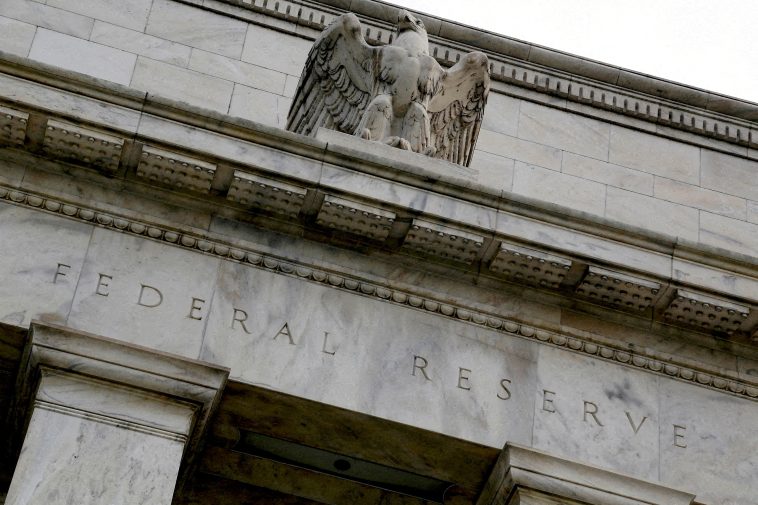As the Biden era approaches its end, it’s time to start dissecting the legacy it is leaving in its wake. People have been focusing on the pandemic response, the hasty retreat from Afghanistan, and the reactions to conflicts in Ukraine and the Middle East, to name a few. But one area that seems to evade much scrutiny is something more superficial – the style of the administration. While not the most obvious aspect of the presidency, it purportedly had quite a part in shaping its narrative.
The Biden administration positioned itself as a ‘return to normalcy,’ promising an escape from the turbulence of the preceding Trump era. It vowed a revival of good old-fashioned diplomacy, politeness, and bipartisanship. The visual representation of this ideal was seen in the outwardly mundane attire adorned by members of the first family.
The inauguration ceremony – conducted amidst the ongoing Covid pandemic – could not flaunt a grand gala or a massive crowd owing to safety procedures, but the administration evidently aimed to capitalize on the pomp and circumstance nevertheless. It was here that the attempt to cultivate a ‘normal’ image truly began.
The wearing of attire by American designers was one strategy for demonstrating this idea. Even the face masks donned by the first and second families were color-matched with their outfits, an attempt to inject a soft appeal amidst a harsh pandemic situation. However, it was not just about any American designers; more specifically, in the case of Mr. Biden, the designer of choice was Ralph Lauren, a figure who has made the ‘American dream’ his brand’s cornerstone.
In her own way, First Lady Jill Biden also made a fashion statement, choosing to wear outfits from brands founded by women, like Markarian and Gabriela Hearst based in New York. Perhaps it might seem that this choice tested the boundaries of the ‘normal’ image in a progressive direction. But was the substance behind the administration as ‘normal’ or progressive as the outfits suggested?
The usual rituals associated with the presidency, such as wearing nationally sourced clothes, may have been on show. However, viewers would benefit from asking if the clothes were just a disguise – a facade for some deeper and more troubling aspects shielded away from public view.
The promised return to normalcy, signified by the supposedly calming and conventional fashion choices, was in stark contrast with the real world chaos during Biden’s presidency. The handling of the pandemic, the disorganized retreat from Afghanistan, and the indifferent responses to international conflicts may have suggested anything but normalcy.
Implicitly, the emphasis on fashion seemed to be a diversionary tactic, overshadowing the serious challenges the nation faced. Yet, it was simply a veneer, and one that could not mask the various thorny issues the administration had to confront but seemingly failed to navigate successfully.
The choice of Ralph Lauren, a supposed symbol of the American dream, as the presidential designer, carries a tone of irony. This presidency, despite its efforts to project an image of ease, was in actual fact fraught with tensions and turmoil, appearing to be far removed from the ideal of the ‘American dream’.
More intriguingly, one wonders if the First Lady’s selection of women-led brands was indeed a progressive move or a mere cloak to hide the administration’s inability to make substantial progress on issues important to women. These actions, while perhaps appearing positive on the surface, could conceal a deeper lack of meaningful progress.
One might argue that these fashion antics were just part of the political game – a tool employed skillfully to create a specific public image. But the question remains: was the administration more focused on manicuring an ‘image’ than grappling with pressing domestic and international issues?
The reality is that the making of an image, no matter how ‘normal’ or appealing, requires more than just careful wardrobe coordination. It requires actual substance, which seemed in short supply during the Biden presidency.
Featuring a show of civility and platefuls of good intentions should not be mistaken for successful governance. The American electorate deserved more than just an attractive facade – it needed effective leadership and sound policies, which seemed largely lacking in the Biden administration.
Indeed, the notion of ‘normalcy’ as presented by Biden and his team became increasingly seen as an attempt to cover up their shortcomings. The facade began to crack as its disconnect with reality became more and more glaring.
Ultimately, style should be the icing on the cake, rather than the cake itself. Biden’s presidency, however, seemed to place an imprudent emphasis on the former, rather than dealing adequately with the serious pressing issues that the American people faced.
As the administration tumbles towards its conclusion, the dubious legacy it leaves behind raises the question: have the citizens been led by proper leadership or mere puppeteers orchestrating a show for them? The answer, perhaps, lies in the multitude of problems still looming large, painfully untouched by the elaborate facade of ‘normalcy’.


